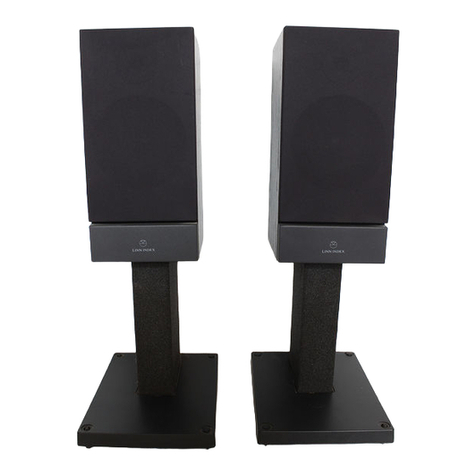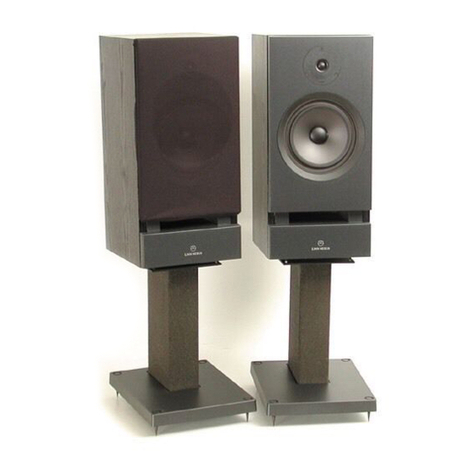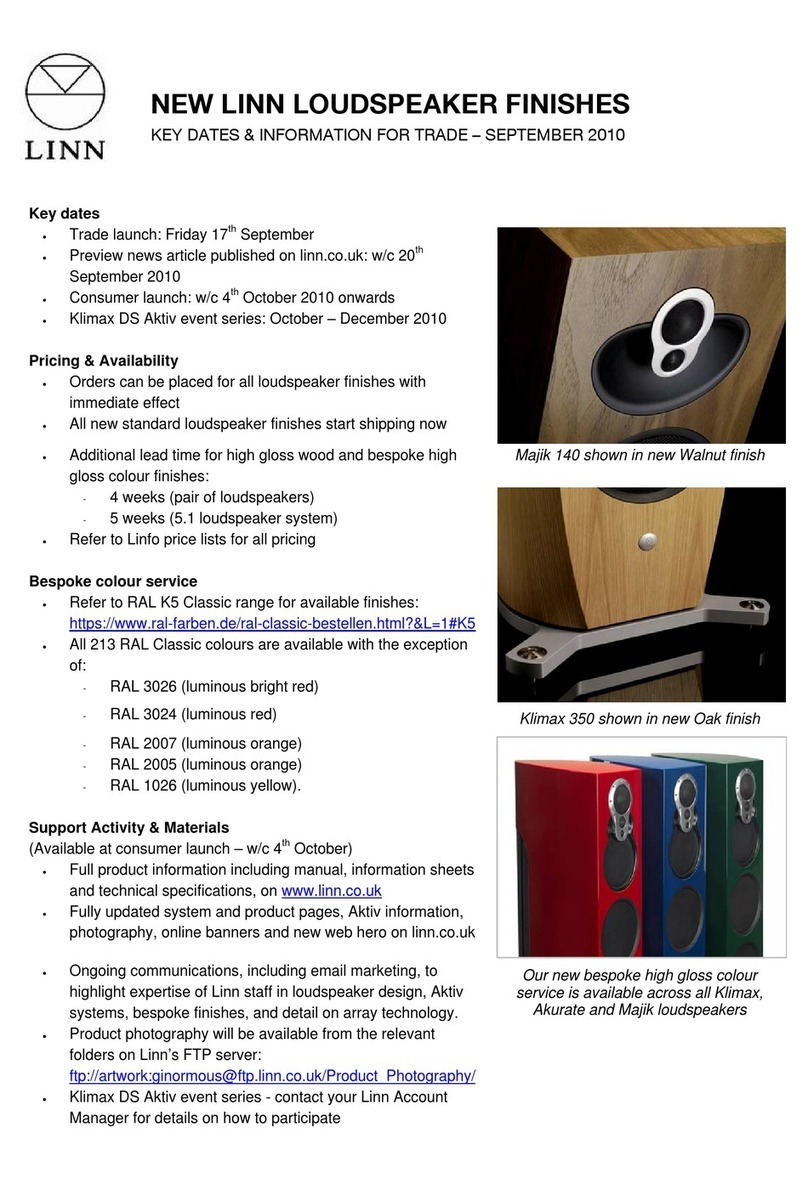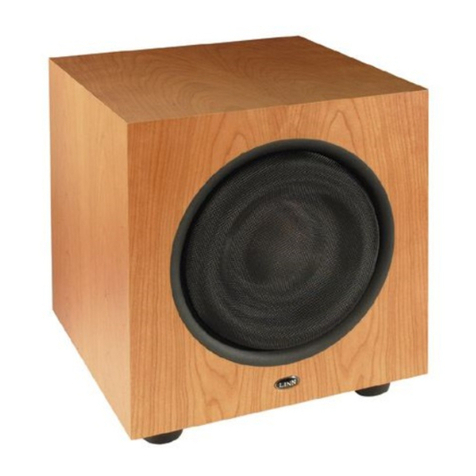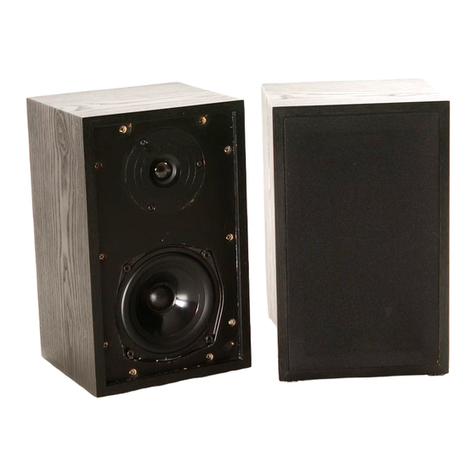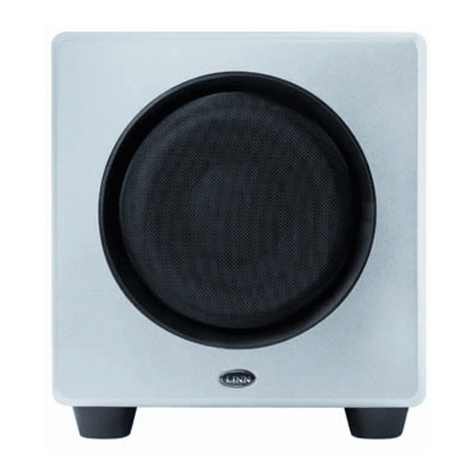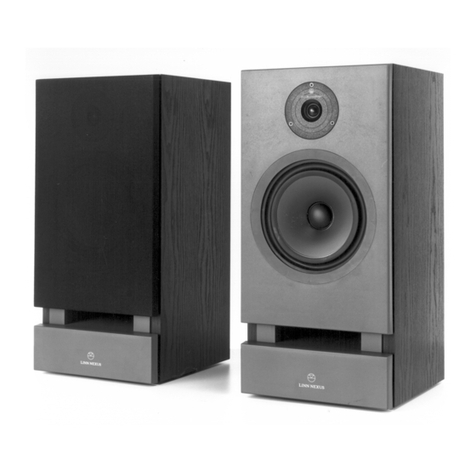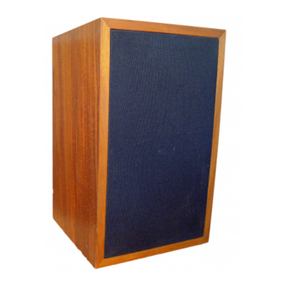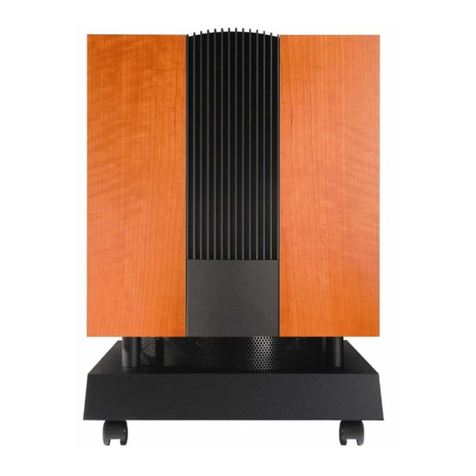Copyright © 1991-1997 by Linn Products Limited. All Rights Reserved. Page5
Revised Dec 97
Index
GENERALINFORMATION
Thiswillgivesomegeneralinformationonthefaults,(andabuse!)ofspeakerunits.
The most common cause of failure is over-driving which may result in:
Distortedsound,
Lowoutput,
And finally:No Sound
Allfaultscannormallybeconfirmedbyopeninguptheunitandexaminingthevoice
coil. Be warned that once a unit is opened it can not be reused and will have
to be replaced, so only do this if the unit is confirmed as being faulty.
DAMAGED UNITS
1. CURRENTOVERDRIVE:(Allunits)
Whenplayingthemusictoo loud (parties etc) or whendrivingalowpowered
amplifierintoclipping thecurrentacrossthevoicecoilcanbecome excessive
and cause the speaker voice coil to overheat.
First:
The enamel on the coil will start to blister and swell and this will cause
distortion as it will touch and rub the sides of the magnet gap as the voice
coilmovesforwardandbackward.
Next:
If the condition that is causing the blistering to occur continues, (the volume
isnotturneddown)theblisteringwillincreaseuntilitislargeenoughtorestrict
or stop the voice coil moving This will result in increased distortion, reduced
output and finally - no sound.
This can be seen by opening up the speaker and examining the voice
coil.
Remember, opening the unit is final and not reversible so the unit will
be need to be scrapped.
Finally:
The voice coil wire burns out and either goes open or short circuit. The unit
is now dead. This can be confirmed by checking with a multi-meter set on
ohms: Typical reading for a good unit is around 6- 8 Ohms.
2. HIGHFREQUENCYOSCILLATION:(Trebleunits)
Thiscanoccurwithunstableorfaultyamplifierswhichgeneratehighfrequency
signals (which may sometimes only be audible to the neighbourhood cat)
which will cause the unit to overheat due to the excessive High Frequency
current. - see point 1. These H/F signals can also occur where there are
earthingproblems.Somenamedamplifiersgonuts shouldyoudisconnectthe
earth while the volume is up, especially phono earths.
3. TRANSIENTDAMAGE:(Treble units)
Thiscanhappenwhenalargetransientsignalisappliedtothespeakersuch
aslettingthestylusfallontherecordwiththevolumesetveryhigh,fastcuing
(fast fwd or fast rev)of a tape recorder with the volume set high etc.
Thiswillcausethevoicecoil to"leap"forward(orbackword)beyondthelimit
ofitsnormal travelwhichmaybreakthevoice coilleadwireatthestart ofthe
coil.
4. DCVOLTAGEACROSSTHESPEAKER.(BassandMid-rangeunits)
Shoulda poweramplifierbecomefaulty andproduceDCacross thespeaker
outputthevoicecoil(s)willoverheatandbecomedamagedordestroyed(See
1). However as the treble units in passive speakers are driven through a by-
passfiltertheywillnotbedamagedunlessthevoltageissufficienttoburnout
the crossover, after which all the units may be destroyed.
SPEAKER UNITS

